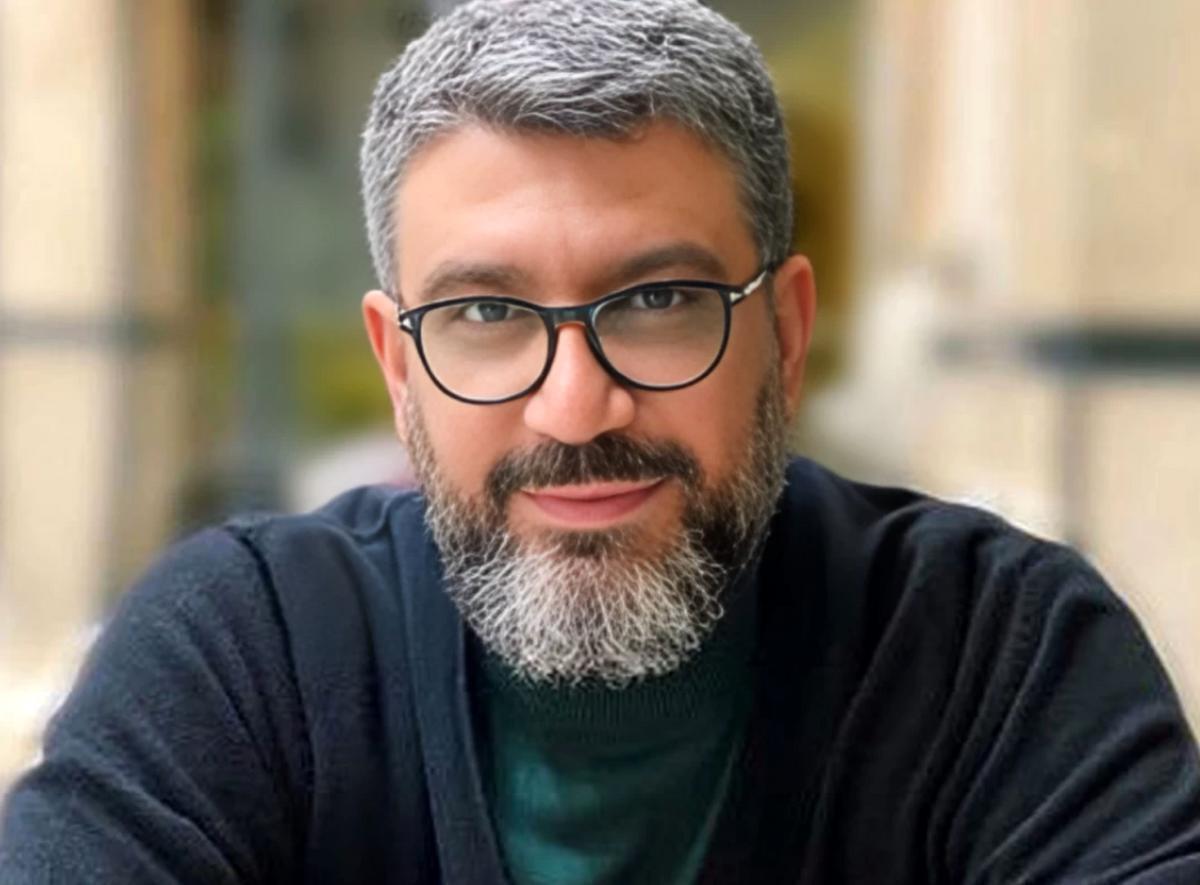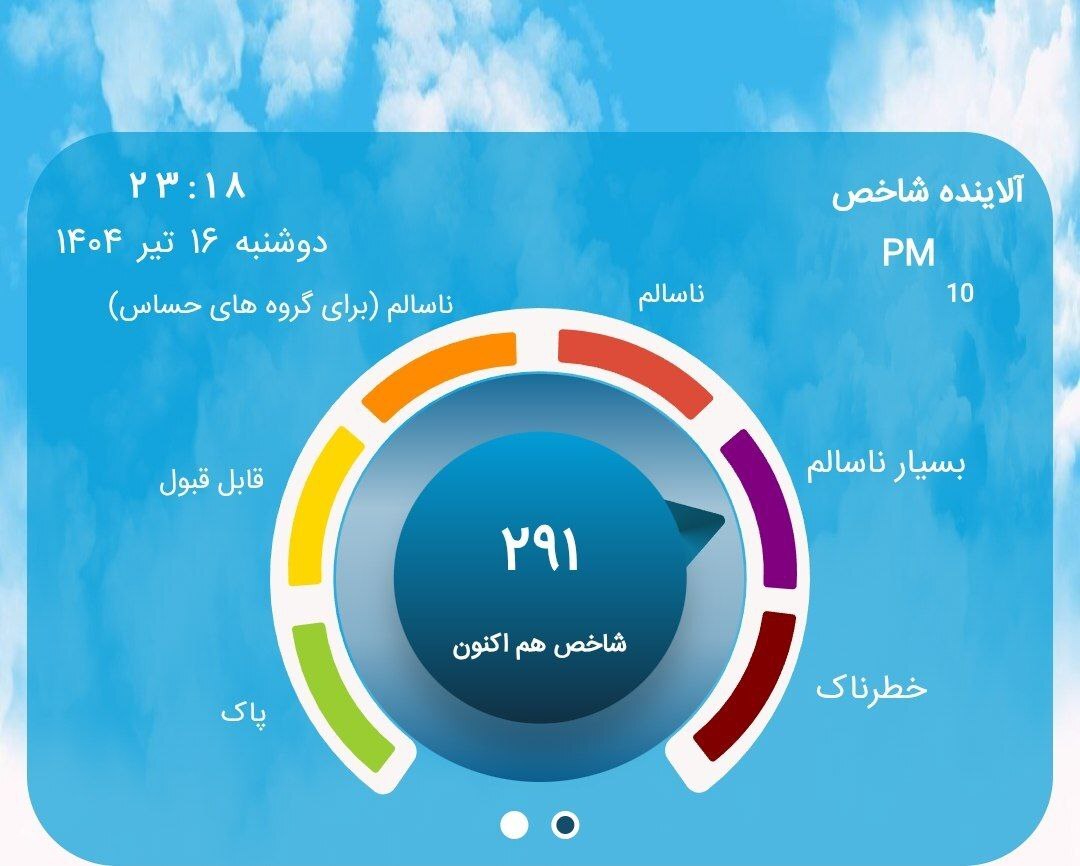You can also listen to this podcast on iono.fm here.
SIMON BROWN: I’m chatting with Sahil Mahtani. He is head of Macro Research at Ninety One. Sahil, appreciate the time today. The dollar – we’ve [watched] it over a decade and-a-half, almost since the global financial crisis. It’s kind of been one-way traffic in terms of the dollar, and dollar assets have been the trade for global markets.
SAHIL MAHTANI: Thanks, Simon. Good to be speaking with you. The dollar is like any other asset class. If flows go in, they catch a bit and the prices go up. When flows leave it loses a bit, the price goes down.
The flows in the last 10 to 12 years have been the product of four reinforcing cycles. There’s geopolitics and economics. There are rate differentials, which are driven by things like demographics, investment productivity trends. There are investment flows. There are periodic effects, adjustments.
What we are seeing at the moment is all four of those factors appear to be changing at the same time, and it’s very similar to the past dollar peaks in 1971, 1985, 2002.
So, we kind of think there’s a better chance than there has been that the dollar goes into a multi-year period of decline.
SIMON BROWN: I take your point – all four of them. You talk about US fundamentals. We’ve seen that widening deficit. President Trump has got it as sort of number one on his agenda. It’s easy to talk about; perhaps a whole lot harder to do anything about. And with all four of these it really is a case of they are kind of happening and they are almost in some senses perhaps unstoppable.
SAHIL MAHTANI: Yes. So it’s a question like are they unstoppable? I think a couple of things are unstoppable. I think the meeting that Vice-President JD Vance had in Munich really scared Europeans. The Europeans then decided that they were going to kick off a multi-year defence-investment cycle. And then we have that kind of finalised at the Nato Summit. That’s an incredible achievement. A lot of presidents have tried to get that out of Europe and Trump has. So I think that’s unstoppable.
I think what’s more unknowable is [something] like our industry has benefitted by allocating towards the US cross-asset flows. If you were in the US, you made more money than if you were in Europe.
That has changed this year. This year you would have made more money, especially in non-dollar currencies, if you were in Europe [then] if you were in the US.
So the question is, is that going to continue? I think there’s a pretty good chance that continues because historically you’ve got 10 years of US outperformance, 10 years of emerging markets’ or non-US outperformance; and this time it’s been some 14 years of US outperformance. So that cycle typically goes in line with the dollar, and I think there’s a good chance that continues.
Listen/read: Are we seeing the end of dollar dominance?
I think the big question is whether the US administration has a concerted plan to devalue the dollar. Historically the US has had a really strong dollar policy, but Trump/Vance have started to say, ‘Oh, maybe we don’t want a strong dollar. Maybe the strong dollar is bad for jobs in the Midwest. Maybe we actually want a weaker currency so we can export more.’
If they start talking about that as they have in the past, and start saying, ‘We want capital controls, we want something else’, that is a pretty good sign for markets.
SIMON BROWN: As you say, we’ve seen them talking around a weaker dollar. To be clear, we’re not talking around the end of the dollar. We’re not talking about the collapse of the dollar. This is just sort of the end of, as you say, some 10, 12, 14 years of unprecedented – or truthfully, actually precedented – dollar strength [[in] that cycle which has continued for the last decade-plus.
SAHIL MAHTANI: Exactly. I think there’s a lot of breathless commentary. Everyone has these big questions: Is it the end of the dollar, is at the end of US superior supremacy, or whatever? I think just park all that. As an asset allocator you know that there are dollar cycles. We’ve had six since 1971. Three up cycles, three down cycles.
We think there’s another bog-standard down cycle – and you can understand it.
Now if you’re talking about, say, global currency change, you know that happens once every 100 years. It’s hard to forecast. It tends to be driven by major, major geopolitical events. You know [with] sterling Britain had to go to the IMF three times in the 1970s. Nobody’s talking about the US going to the IMF, right?
So just let’s put everything in perspective. This is a pretty standard dollar bear market, and we think it’s overdue.
SIMON BROWN: You’re talking there around the fact that so far in 2025 it’s been about EMs. It’s been about Europe. It hasn’t been about US assets for the first time in a very long time. That also becomes a little bit self-fulfilling. Fund managers look at this and think, hey, hang on a second, and they start shifting because they hate the phrase, but [are] chasing return.
SAHIL MAHTANI: Exactly. By the way, all of these factors have inertia. So the fund-manager inertia is exactly what you say, people nibble and then the asset price goes up; then they go, oh, maybe I should have allocated more to it and then it becomes self-reinforcing.
The same thing is true on growth differentials. You build a factory. The factory does well. Maybe you think, oh, I should have put more capital there, I’m going to expand. And then that’s the kind of slow process of reinforcement. Geopolitics, geo-economics are pretty reinforcing. The central bank decides that they’re going to hold dollars, they’re going to hold euros – and suddenly the euro does better, and they decide that they’re going to do more in that department.
Read: The euro is emerging as alternative safe haven along with bunds
A lot of these processes are deep. They are structural. And that’s, by the way, why dollar cycles are much, much longer than other cycles, like equity cycles. How often do you get like a 20/25% drawdown? You can kind of map it out – it’s about seven to eight years. Business cycles – how often do you get like a major decline in credit from peak? It’s about 11 years.
Dollar cycles are 15 to 18 years. They’re very, very long. That’s because you’ve got these deep structural forces. It’s really important if you’re an allocator to know whether the dollar cycle is happening, because if it’s happening a whole bunch of correlations and relationships change. You have to be attuned to that, otherwise you’re not going to be positioned as best as you can be in your portfolios.
SIMON BROWN: Yes, that’s a great point. It’s that reinforcement. Hence it is that slow process. It doesn’t turn on a dime, but certainly indications are that it is happening at this point.
We’ll leave it there. Sahil Mahtani, head of Macro Research at Ninety One, I appreciate the time.
Listen to the full MoneywebNOW podcast every weekday morning here.

 5 hours ago
1
5 hours ago
1






















 English (US) ·
English (US) ·